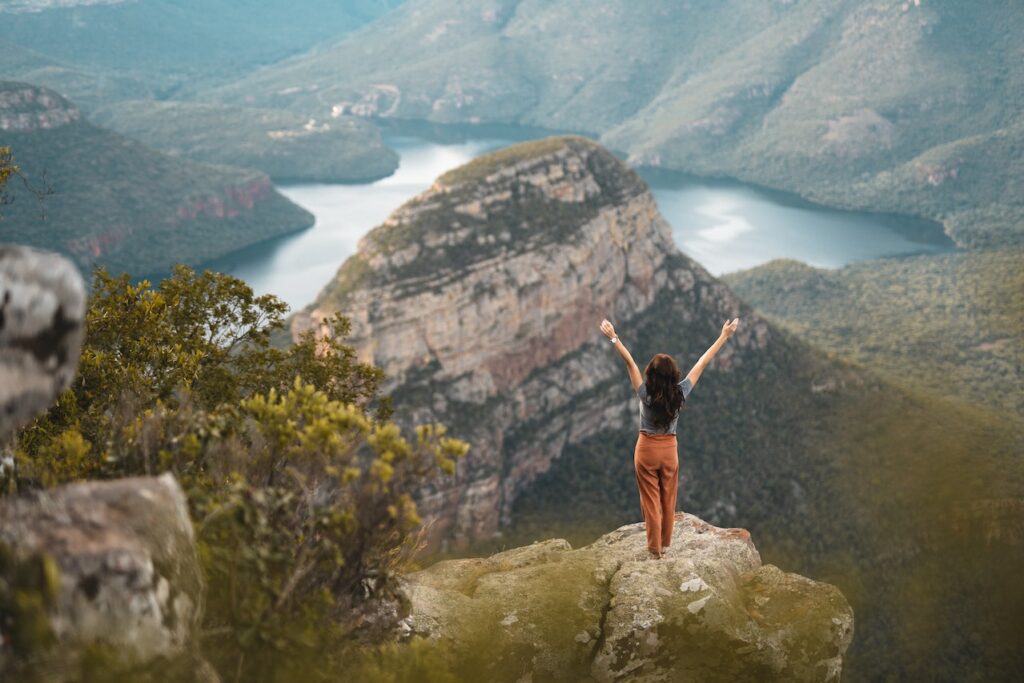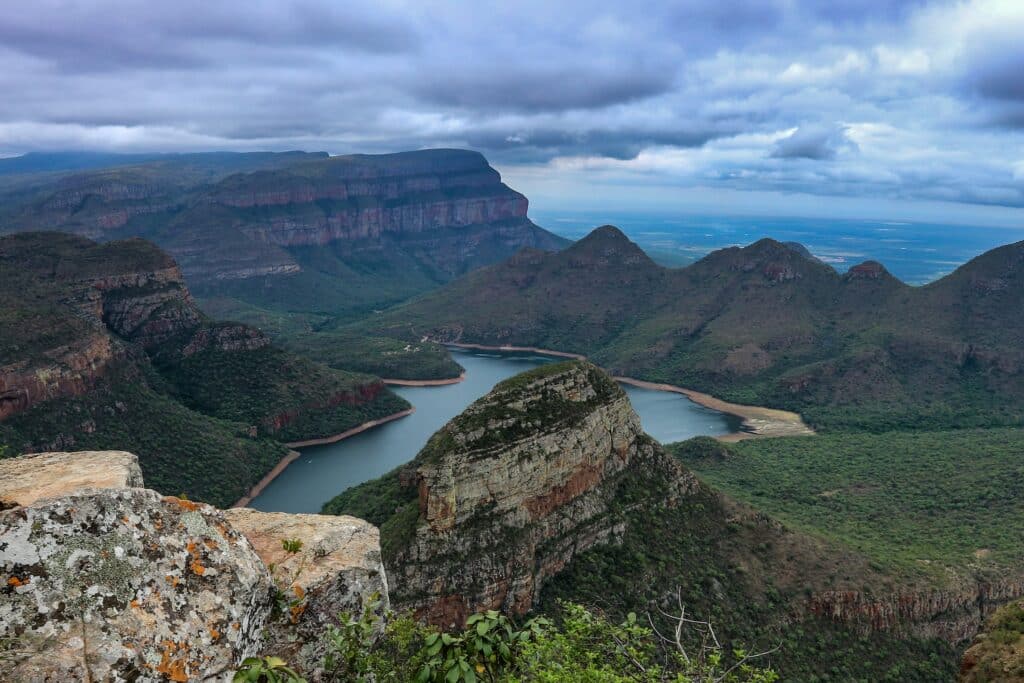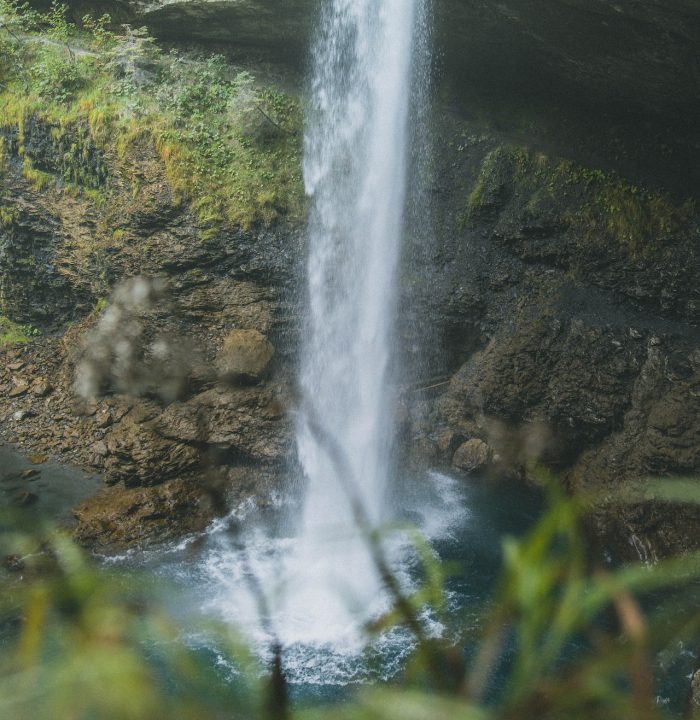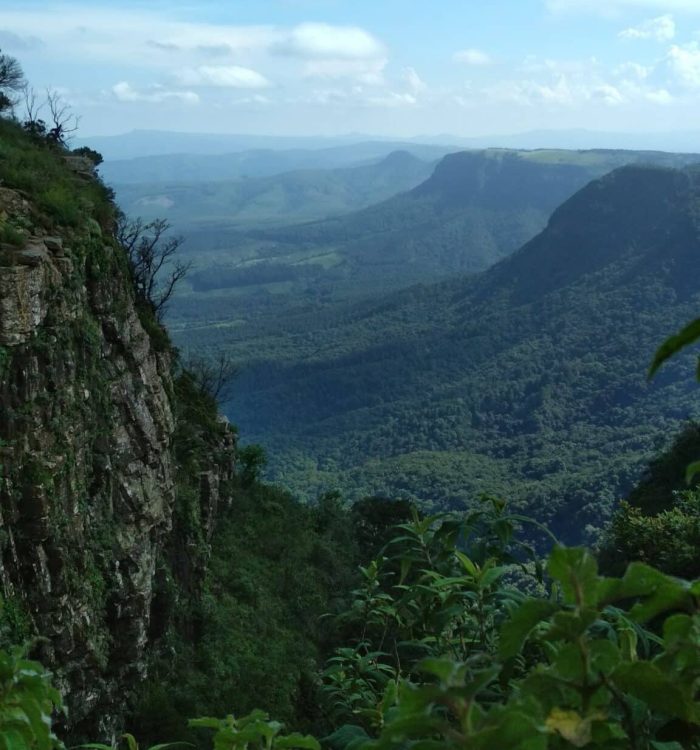#1 Blyde River Canyon Tours
Blyde River Canyon Tours
Full Day Panorama Route Tour – Depart from Hoedspruit
- 1 Day
From ZAR 1995
Full Day Panorama Route Tour – Depart from Hazyview
- 1 Day
From ZAR 1995
Full Day Panorama Tour
- 1 Day
From ZAR 2700
Unforgettable Blyde River Canyon Tours
The province of Mpumalanga in South Africa is known for many natural wonders and tourist attractions, of which the 26-kilometer-long Blyde River Canyon is but one.
If you enjoy the outdoors, we offer bespoke Blyde River Canyon tours just for you.
Although it is one of the largest canyons on Earth, it is significantly smaller than the canyons found in Asia, the Grand Canyon in Arizona, USA, and the Fish River Canyon in neighbouring Namibia. In contrast to the Grand Canyon and the Fish River Canyon, the Blyde River Canyon is known as the “green canyon” due to the preponderance of subtropical vegetation. The canyon is included in the Blyde River Canyon Nature Reserve.

The “Three Rondavels” are of the most well-known rock formations located in the Blyde River Canyon. The name comes from the resemblance of the configuration to three rondavels, which are traditional homes in Africa.
The well-known Panorama Route passes across this canyon and takes travellers via God’s Window, the Pinnacle, and Bourke’s Luck Potholes.
The Blyde River, which is now known as the Motlatse River and flows through the canyon, is the source of the canyon’s name.
History of the Name
Blyde is an old Dutch name that comes from the Voortrekkers’ excursion and means “pleasant” or “happy” in modern Dutch.
In 1844, Hendrik Potgieter and several other members of their party of trekkers surprised the other members of their group who had believed they were dead by returning safely from Delagoa Bay. This event led to the naming of the river as the “happy river.”
While they were still under the impression that this was the case, those individuals had given the river that was close to where they had been camped the name Treurrivier, which translates to “mourning river.”
Geology
The geology and environment of this high rainfall plateau provide an abundance of waterfalls, all of which are stunning to look at, and many of which you can actually visit.
Others are concealed deep beneath some of the world’s largest man-made forestry plantations, which include row upon row of pine and eucalyptus trees.
The harsh climate, the wide range of altitudes, and the diverse conditions of the soil all have an impact on the abundant and diverse plant life. The wide range of plant life in this area provides habitat for a fauna that is equally rich and diverse.

Animal and Plant Life in the Canyon
Every primate species that can be found in South Africa can be found in the Blyde River Canyon, including larger and lesser bush babies, vervet monkeys, and Samango monkeys.
In rocky locations, klipspringer and dassies are able to find both food and shelter. The grassland is home to a variety of animals, including the grey rhebuck and the uncommon oribi, in addition to rodents, reptiles, seed-eating birds, and an abundance of insects.
Kudu prefer the cover of wooded bushveld, and bushbuck and bushpig wander amid the luxuriant foliage on the riverbanks. Bushbuck also call the riverbanks home.
The rivers and marshes surrounding Swadini Dam are home to a variety of aquatic and terrestrial animals, including hippos, crocodiles, water birds, and otters.
The Blyde River Canyon Nature Reserve contains almost every kind of habitat that draws birds, and it is home to all three species of loerie native to South Africa. The variety of birdlife is also quite high, and it includes the stunning and highly sought-after Narina trogon, in addition to other species such as the Cape vulture, black eagle, crowned eagle, African fish eagle, gymnogene, jackal buzzard, white-rumped vulture, bald ibis, African finfoot, Knysna lourie, purple-crested lourie, Gurney’s sugarbird, malachite kingfisher, and more.
The Kadishi Tufa waterfall
The Kadishi tufa waterfall in the Blyde River Canyon is a beauty that is often overshadowed by the overwhelming scenic wonder of the Blyde River Canyon itself. It is considered to be the second highest tufa waterfall in the world, tumbling 200 metres from its limestone shelf to the water of the Blydepoort Dam, and it is hidden at the end of the Blyde Dam.
Living tufa waterfalls are extremely unusual, and there are only a few of them in the entire globe. The Kadishi waterfall is known as “the weeping face of nature.”
The development of a tufa waterfall takes place when water that is flowing over dolomite rock absorbs calcium and deposits rock formations at a rate that is greater than the rate at which it erodes the surrounding rock. The formation that was generated as a result of the Kadishi Tufa fall closely resembles a face that is weeping excessively, and as a result, it is commonly referred to as “the weeping face of nature.”
Tufal waterfalls do not appear until after millions of years have passed. When water passes over dolomitic rocks, the water picks up calcium from the rocks.
As a byproduct of their photosynthesis, the mosses that also grow on these rocks produce carbon dioxide, which in turn causes the calcium in the water to deposit layers of tufa on the surface of the waterfall (this process is analogous to the crystallisation of water).
The water continues to flow over and under the coating of calcium as it makes its way downstream.


The Blyde River Canyon Reserve
The Blyde River Canyon Nature Reserve, which covers 29,000 hectares of the canyon and its surroundings, protects the biodiversity and cultural heritage of the area. The reserve also offers various activities for tourists, such as hiking, birdwatching, boat trips, and wildlife viewing.
The Blyde River Canyon Reserve extends along the winding path of the Blyde River Canyon, which at every turn offers increasingly more magnificent views.
The Blyde River Canyon is a World Heritage Site. The Bourke’s Luck Potholes, the Three Rondavels, Pinnacle Rock, and God’s Window are all located within the Blyde River Canyon Reserve, which is located against the escarpment of the Greater Drakensberg.
The Role of Tourism in the Blyde River Canyon
The canyon and the Drakensberg escarpment that surrounds it are both very popular tourist destinations, and the region features a well-developed tourism industry that is supported by an excellent public infrastructure.
When planning a trip to Mpumalanga, many tourists choose to combine the breath-taking scenery of the Panorama Route and Blyde River Canyon with an unforgettable safari experience in Kruger National Park.
Tourism is an important economic activity in the Blyde River Canyon as it is one of the most outstanding natural sights in the country and attracts many international visitors.
Tourism provides income and employment for the local communities, as well as opportunities for conservation and education.
You might also like our Panorama Route tours and Kruger National Park Safaris.
Frequently Asked Questions
How long is a Blyde River Canyon Tour?
A tour of the Blyde River Canyon may vary, but typically lasts a full day.
Are there any physical requirements for a tour of the Blyde River Canyon?
The tour involves some hiking and walking, so a moderate level of physical fitness is recommended.
What is included in Blyde River Tours?
The tour typically includes transportation, guided tour, and visits to various points of interest within the canyon.
What should I bring on a Blyde River Canyon tour?
The tour typically includes transportation, guided tour, and visits to various points of interest within the canyon.




